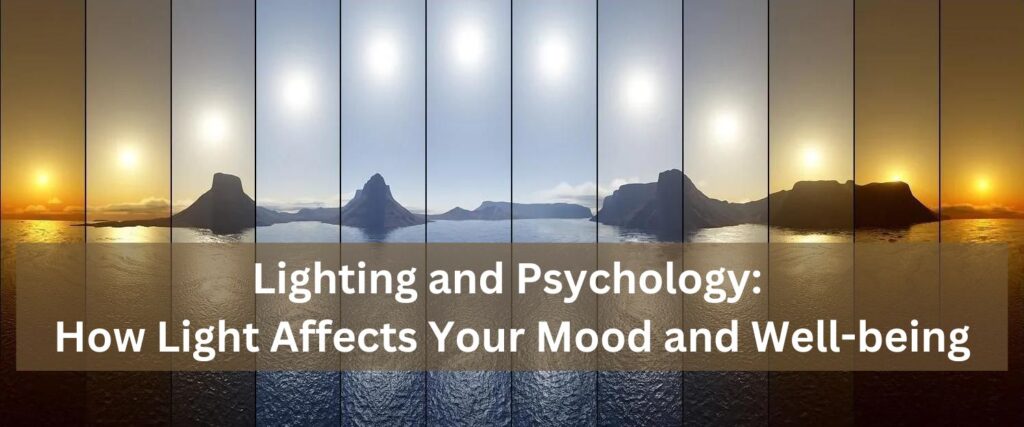
The connection between light and human psychology is profound. From influencing our mood and energy levels to regulating sleep patterns, lighting plays a critical role in our overall well-being. Understanding the science behind lighting can help you harness its power to create a healthier and more harmonious environment.
The Impact of Light on Mood
Light has a significant impact on our mood and emotions. Exposure to bright light can elevate our mood, increase alertness, and improve focus. This is why we often feel more energized and productive during daylight hours. Conversely, lack of exposure to natural light can lead to feelings of sadness, fatigue, and even seasonal affective disorder (SAD).
Color Temperature and Its Effects
Color temperature, measured in Kelvin (K), refers to the warmth or coolness of light. It influences our perception of a space and how we feel.
- Warm white light (2700K-3000K): Creates a cozy and relaxing atmosphere, often associated with comfort and relaxation.
- Neutral white light (3500K-4100K): Offers a balanced and versatile option, suitable for most spaces.
- Cool white light (4100K-6500K): Provides a bright and stimulating environment, often used in offices and workspaces.
Choosing the right color temperature for different areas of your home can significantly impact your mood and well-being.
Light Therapy and Its Benefits
Light therapy, also known as phototherapy, involves exposure to artificial light to mimic natural sunlight. It is often used to treat seasonal affective disorder (SAD) and other mood disorders. Light therapy works by regulating the body’s internal clock, or circadian rhythm.
The Importance of Circadian Rhythm
Our circadian rhythm is a natural, internal process that regulates the sleep-wake cycle. Exposure to natural light helps regulate this cycle, promoting better sleep quality and overall well-being. Disruptions to the circadian rhythm, often caused by excessive exposure to artificial light at night, can lead to sleep disturbances, fatigue, and mood disorders.
Creating a Healthy Lighting Environment
To optimize your well-being, consider the following lighting strategies:
- Maximize natural light: Open curtains and blinds during the day to allow natural light to fill your space.
- Use warm white light in the evening: Create a relaxing atmosphere by using warm white light bulbs in your living areas during the evening hours.
- Implement blue light blocking: Reduce exposure to blue light emitted by electronic devices before bedtime to improve sleep quality.
- Consider light therapy: If you experience symptoms of SAD, consult with a healthcare professional about light therapy options.
- Create designated workspaces: Use bright, cool white light in your home office to enhance focus and productivity.
By understanding the relationship between light and psychology, you can create a lighting environment that supports your physical and mental well-being.
See Related Article:
The Ultimate Guide to Home Lighting: Illuminating Your Space with Style and Efficiency



